The Killers/1946/Universal Pictures/105 min.
Of all film noir’s femmes fatales, Ava Gardner as Kitty Collins in “The Killers” ranks as the most devastatingly efficient. She doesn’t waste time chit-chatting or getting to know a guy. Just a glance gets them hooked and firmly planted in the palm of her hand. “Swede” Andreson (Burt Lancaster) takes all of 10 seconds to fall for her and then get lured into “a double-cross to end all double-crosses.”
Based on the famous Ernest Hemingway short story, this 1946 film is the crowning achievement of one of Hollywood’s most prolific noir directors, Robert Siodmak, earning him an Oscar nomination for best director and leaving us with some of the genre’s most memorable characters.
The films starts with two hit men (Charles McGraw and William Conrad) coming to get the Swede, who lies back in his lonely little bed and passively accepts his fate. (This is the only part of the movie that comes from Hemingway’s story.) The fact that Swede left $2,500 to an Atlantic City chambermaid piques the interest of insurance investigator Jim Reardon (Edmond O’Brien). Reardon senses there is much more to Swede’s story and pieces together, through a series of flashbacks, the events leading up to the murder.
Of course, there’s money involved and dogged, determined Reardon links Swede to the infamous Prentiss Hat Company robbery. The $250,000 score was never recovered and Reardon’s firm had to pay out for that loss.
Swede doesn’t seem like a career criminal. He was a boxer until an injury forced him to quit and his childhood pal Lt. Sam Lubinsky (Sam Levene) tried to sell him on being a cop. But the Swede wanted something that paid more than a police paycheck. Oh and did I mention a girl named Kitty? One look at the sultry temptress has him dumping his sweet girlfriend Lilly (Virginia Christine) and doing anything Kitty says.
You’d think taking the rap for Kitty and doing three years “in stir” would be a bit of a wakeup call for Swede but not so much. This is noir, after all. By the time the Swede is out of jail, Kitty’s dating Big Jim Colfax (Albert Dekker), the mastermind of the Prentiss caper. The Swede gets involved with this job, along with Dum-Dum (Jack Lambert) and Blinky (Jeff Corey). Swede’s fellow ex-con Charleston (Vince Barnett) takes a pass on the job, but that doesn’t raise any red flags.
The robbery goes according to plan but there’s a twist on a twist that only Reardon figures out; sourcing his facts by scouring each of the robbers for info and playing one against the other. (You can see how this film, along with Stanley Kubrick’s “The Killing” entrenched itself in Quentin Tarantino’s brain.)
It may seem that the Swede isn’t the sharpest tool in the shed but he comes across as decent and sympathetic – a testament to Lancaster’s skill as a subtle but powerful performer and Siodmak’s way with actors. Gardner also gives her character nuance along with vampish flair. My only complaint is that they don’t get enough screen time together, but that said, O’Brien is a lot of fun to watch.
The acting, the dramatic (high-contrast) shadow-slicked compositions, the fatalistic mood, the sexy script and the music all contribute to the film’s status as one of the best noirs ever made. Anthony Veiller wrote the screenplay with uncredited help from Richard Brooks and John Huston; after a dispute with producer Mark Hellinger, Huston quit. The original music by Miklós Rózsa helped inspire the theme of TV’s “Dragnet.”
Siodmak lost the Oscar to William Wyler for “The Best Years of Our Lives.” (The fierce competition that year also included “Brief Encounter” by David Lean; Frank Capra’s “It’s a Wonderful Life,” which has a 15-minute noir segment; and “The Yearling” by Clarence Brown.)
A German Jew, Siodmak came to Hollywood in 1940 and made his reputation as a crime/whodunit director with works such as “Phantom Lady” (1944), “The Suspect” (1945), “The Spiral Staircase” (1946) and “Criss Cross” (1948).
Though he is highly regarded now for his meticulous, tight storytelling and stylish visuals, his popularity diminished in the 1950s. He returned to Europe in 1953. Four years later, his “Nachts, Wenn Der Teufel Kam”/ “The Devil Strikes at Night” competed in the Oscars for best foreign film but Fellini’s “Le Notti di Cabiria”/“The Nights of Cabiria” (Italy) claimed the prize.
Apparently, Gardner’s performance in “The Killers” even impressed Hemingway and spurred a friendship between the two. Given that Hemingway was fond of a drink and Gardner hoped to leave this world “with a cigarette in one hand and a glass of whisky in the other” it was probably quite a bond.
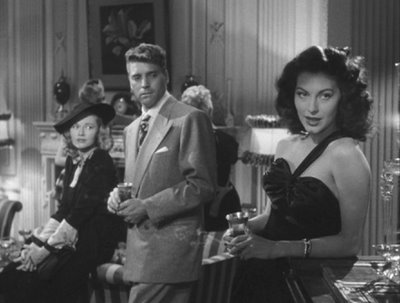
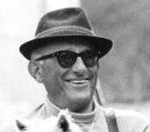
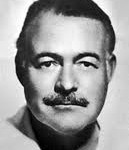





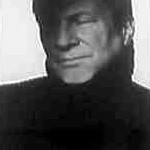
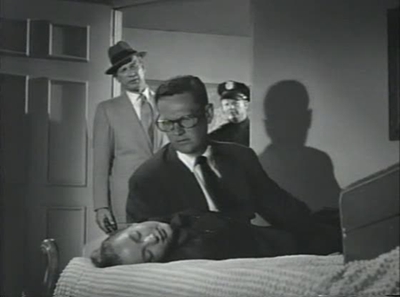
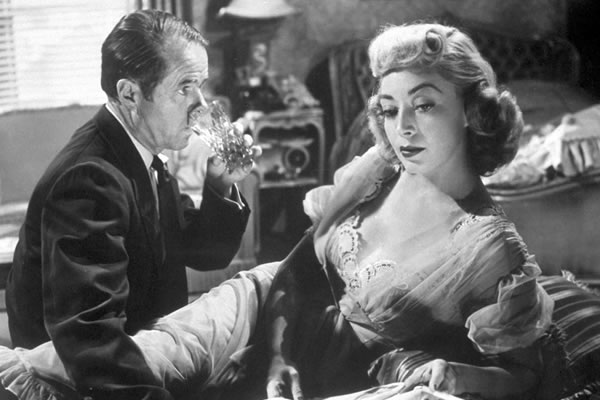
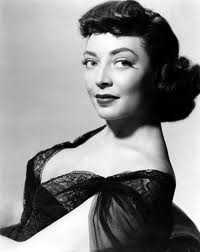
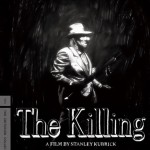
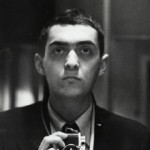
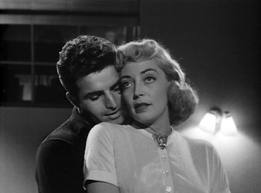
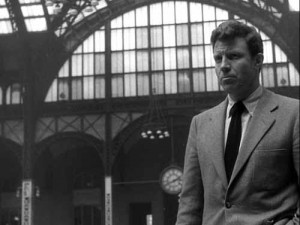
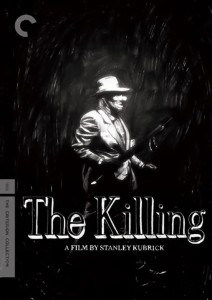
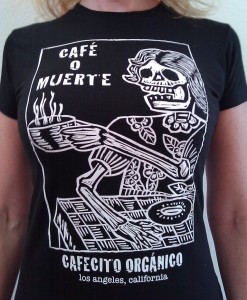
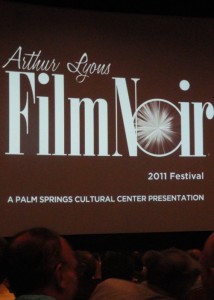
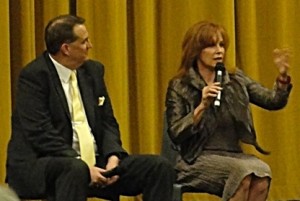
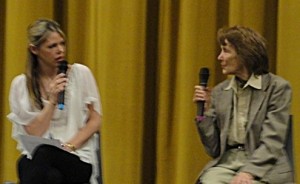
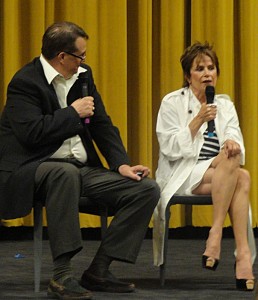
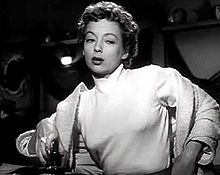
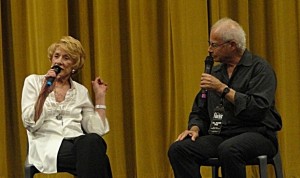
![220px-Loophole[1]](http://www.filmnoirblonde.com/wp-content/uploads/2011/05/220px-Loophole11-196x300.jpg)

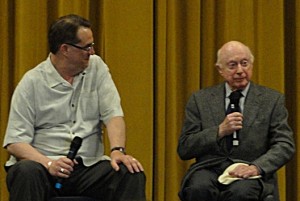
![220px-DamnedDontCry[1]](http://www.filmnoirblonde.com/wp-content/uploads/2011/05/220px-DamnedDontCry11-210x300.jpg)

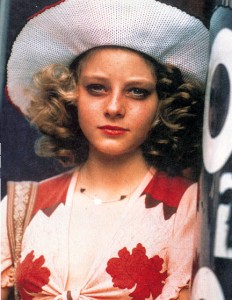





From FNB readers